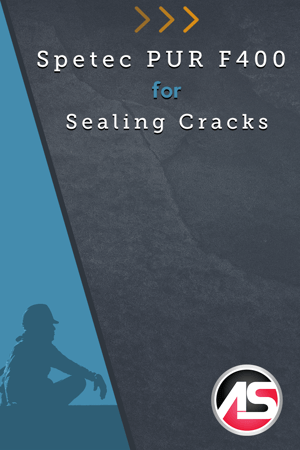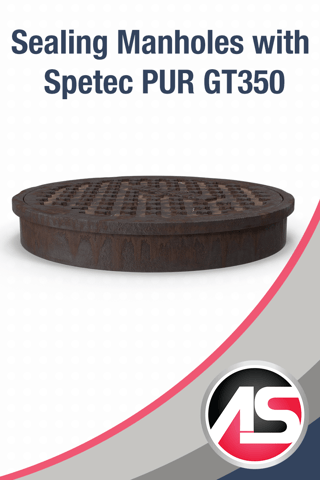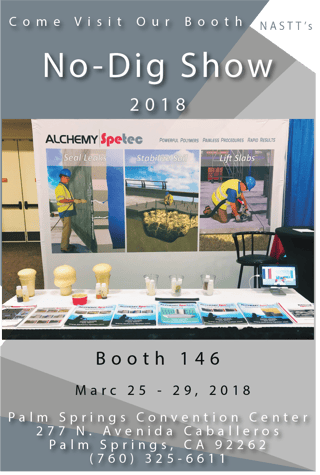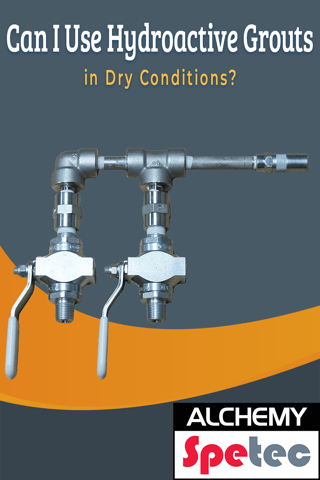

Giving lunch and learn presentations at engineering firms can be a great way for contractors to develop relationships with engineers, get recommended for jobs, etc. But you have to do it right. Let's take a closer look...
You schedule your lunch and learn, get your lunch delivery receipt, wrestle with the inevitable obscure HDMI/VGA/laptop technical difficulty, and present to a team of design professionals on your product line. The presentation goes well, with a couple of the subject matter experts engaging with relevant project challenges and case study feedback. In all estimations, the presentation went well, you gather your sign-in sheet, business cards, and laptop, and head to your next meeting.
What was the takeaway for this lunch and learn with the team you just left? What value was added to their day? (Of course, a good lunch is always of value!) But, did they go back to their desk immediately immersed in the 15 emails they missed during the presentation, or did they walk away with a true impression of the value your company would bring to their job sites? We all like to think that our presentations are well-curated and sharp, delivering relevance and technical insight highlighting quantifiable job site benefits. But, the truth is they are sometimes not. If they were all great, we wouldn’t realize when we saw an exceptional one.
To the engineering community who may be reading this post: what were one or two of the unique aspects that stood out to you in the last exceptional lunch and learn you saw? And perhaps more importantly, what are some of the mundane items that most lunch and learns could leave on the cutting room floor? On the supplier side, I think we could all use this valuable feedback to improve our lunch and learn efforts (and those of our contractor customers). If you found this article through a link on a social media post, go back and post your replies there. If not, please call me at 404-618-0438 with your feedback, so we can further assist our contractor customers with their presentations.
To the contractors out there: would you like help finding engineers and preparing your lunch and learn presentation? Call us now at 404-618-0438 and ask for a technical consultant!
Want more information on Alchemy-Spetec products?




 You meet someone for the first time, have a productive and promising conversation, exchange business cards, rinse, and repeat. As I’m sure the case is with many of you reading this, I’ve had this exchange with hundreds of people during this tradeshow season, and sincerely wonder if the connections that were made in the exhibit hall were carried through optimally.
You meet someone for the first time, have a productive and promising conversation, exchange business cards, rinse, and repeat. As I’m sure the case is with many of you reading this, I’ve had this exchange with hundreds of people during this tradeshow season, and sincerely wonder if the connections that were made in the exhibit hall were carried through optimally.
 The
The 

 When it comes to leaking cracks,
When it comes to leaking cracks, 






 Hydroactive chemical grouts, by definition, require hydrogen molecules from water to initiate the polymerization reaction. Typically, an ISO component is catalyzed by an amine, but this solution will remain unreacted until it comes in contact with hydrogen. All of the contractors out there familiar with chemical grouts are familiar with the ‘skin’ on the top of a catalyzed batch. This is simply the top layer of the catalyzed batch showing signs of initiation just through contact with moisture in the air. For injection into active leaks, these products are a slam dunk. But what happens when you get to the job, and there is no leak where there was one just a few days ago?
Hydroactive chemical grouts, by definition, require hydrogen molecules from water to initiate the polymerization reaction. Typically, an ISO component is catalyzed by an amine, but this solution will remain unreacted until it comes in contact with hydrogen. All of the contractors out there familiar with chemical grouts are familiar with the ‘skin’ on the top of a catalyzed batch. This is simply the top layer of the catalyzed batch showing signs of initiation just through contact with moisture in the air. For injection into active leaks, these products are a slam dunk. But what happens when you get to the job, and there is no leak where there was one just a few days ago? 
 Waterproofing is a broad term in the construction world. The distinctions of above-grade and below-grade pretty well sum up the offerings out there. But when considering chemical grout’s place in the waterproofing world, we primarily stick to below-grade applications.
Waterproofing is a broad term in the construction world. The distinctions of above-grade and below-grade pretty well sum up the offerings out there. But when considering chemical grout’s place in the waterproofing world, we primarily stick to below-grade applications. 
 I’m a big proponent of using chemical grout to fix all sorts if issues, be they geotechnical or waterproofing related. Most contractors and distributors that offer chemical grouts fall into one or more of the following categories: Residential Slab Lifting and Foundation, DOT Infrastructure and Roads, and Municipal Storm and Wastewater. Certainly, there are some others, but these are the main ones we see.
I’m a big proponent of using chemical grout to fix all sorts if issues, be they geotechnical or waterproofing related. Most contractors and distributors that offer chemical grouts fall into one or more of the following categories: Residential Slab Lifting and Foundation, DOT Infrastructure and Roads, and Municipal Storm and Wastewater. Certainly, there are some others, but these are the main ones we see.